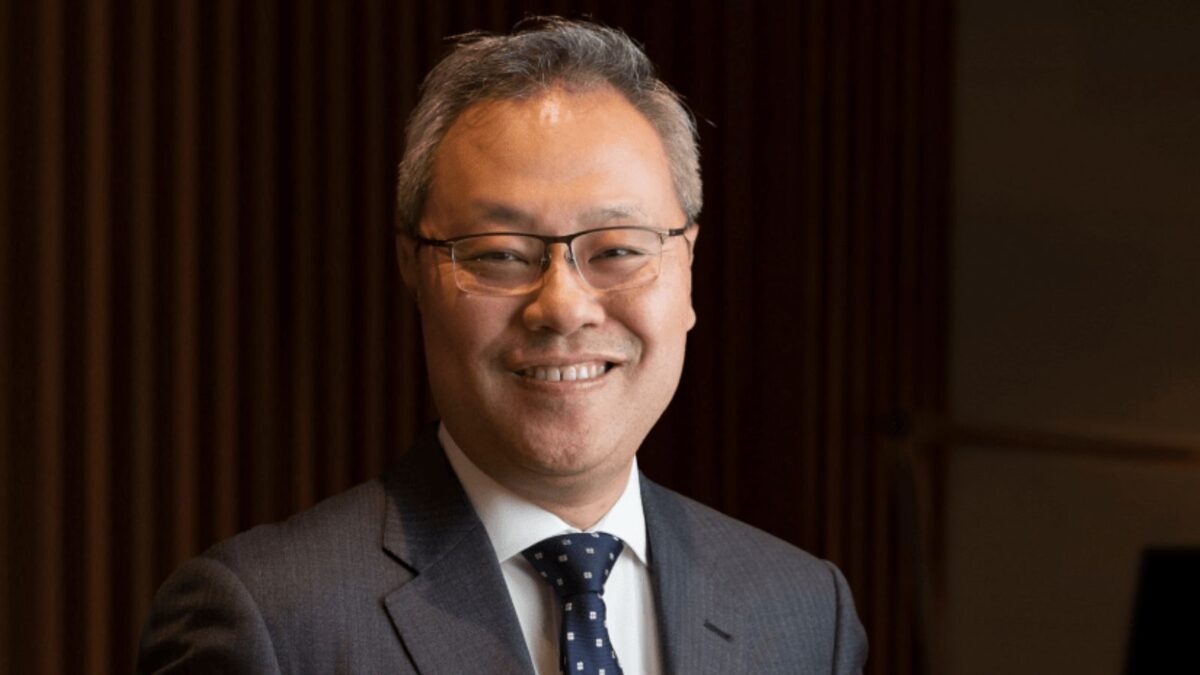Multi-asset investing attracting interest and resources
(Pictured: Al Clark)
Multi-asset investing, alongside the broader concept of dynamic asset allocation, is is one of the trends of the moment in funds management. But investors with memories of the explosion in tactical asset allocation (TAA) strategies in the 1990s must be wondering whether it’s a trend or fad.
Some fund managers are putting a lot of resources into their multi-asset strategies. Nikko Asset Management, owner of Tyndall Investment Management, for instance, has put together its big team of 18 investment professionals under the one roof in Singapore to grow its multi-asset business.
Al Clark, recruited by Nikko this year to head up multi-asset investing for the region, relocated from Singapore to Sydney for the role. He had spent seven years with Schroder Investment Management there, running the multi-asset business. Now, however, the rest of Nikko’s team is being relocated from around the region to Singapore to aid the push. Clark will commute between Sydney and Singapore.
Commenting on the Nikko multi-asset structure and process, Clark said: “The team is centred under specialist portfolio managers who act as core decision makers for portfolio construction. Insights were provided by the quant research team, risk management team and portfolio solutions team.”
He said the portfolio construction process was divorced from factor analyses. “We incorporate factor analysis post optimisation though our research overlay,” he said. “We believe this provides us with the best way to incorporate current market dynamics.”
He said: “Our multi-asset solutions enable a proactive and focused approach to managing the downside, building layers of protection in to the portfolio to minimise losses in a volatile market. Unlike typical balanced funds that are dictated by their benchmark, our solutions have greater flexibility to invest in assets that are most attractive.”
Nikko offers a range of multi-asset strategies and products from pure alpha to static beta.
Putting the team in the one location is reminiscent of the evolution of TAA. When it first took hold in Australia in the early 1990s and aided by a big tick for the strategy by Mercer Investment Consulting, TAA teams were little more than the heads of each asset class getting together on a regular basis to argue the case for their specialties. This was soon superseded by specialist stand-along teams and even specialist standalone firms, the most success of which – at least initially – was Tactical Global Management. These specialists argued that the old balanced strategies were flawed because they did not represent a cohesive and dynamically adjusted strategy. TAA was also available in the cost-effective overlay form.
In any case, the trend petered out towards the end of the 1990s and those managers who remained in business converted their strategies into global-macro hedge funds, whose popularity and investment returns have proved more durable.
According to a recent report by Mercer in the UK, searches for global multi-asset mandates grew by 33 per cent during 2013.
Multi-asset investing fits neatly with the demand for “outcomes-driven” investing, brought about by disappointment in the way many managers handled the market volatility of 2007-2009. Portfolios can be constructed to provide more certain returns with downside protection.










